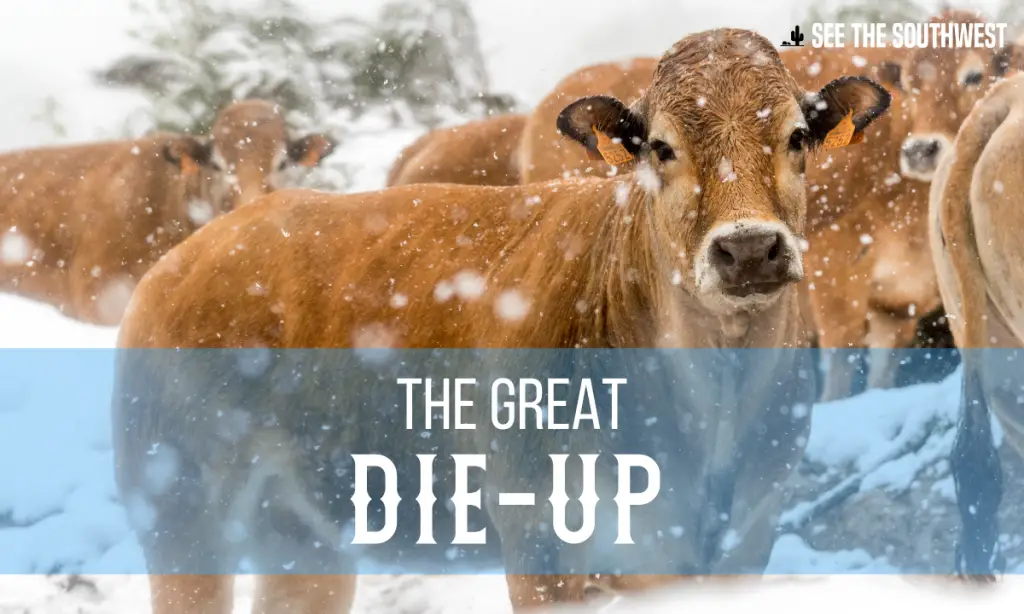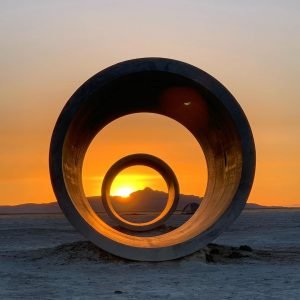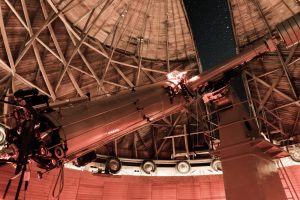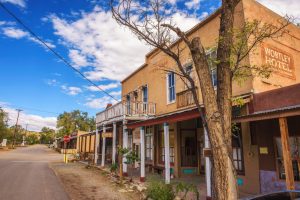
Cattle drives, open range, cowboys … these are the images we bring to mind when we think of the Old West. It is an image that might have endured into modern times had the winter of 1886 not happened.
The winters leading up to 1886 had been relatively warm and mild, so ranchers stopped stocking extra feed for the cattle, which had been able to winter the weather grazing on wild grasses. The summer of 1886 was unusually hot and dry throughout the West and particularly in the Southwest. Prairie fires ran wild and water sources dried up. Old-timers, who knew the signs, were worried, especially when the cattle began to grow unusually heavy coats and eating more than normal. Based on the signs, they predicted a hard winter.
Snow started falling in late fall, far too soon for many folks to get prepared. In many places, particularly Montana, Wyoming, Utah and Colorado, snow fell every day throughout November and a good many days in December. The cattle were forced to paw through deep snow to find a few nourishing stems of grass, but it wasn’t enough, and cattle died by the dozens. In January, a Chinook wind blew and melted the top layers of snow, greatly relieving the cowboys’ worries. They felt the rest of the cattle might make it through the winter if not healthy, at least alive. That’s when Mother Nature tossed her worst at the West.
Temperatures dropped to 50 below causing a layer of ice to freeze solid over the snow beneath. Horses and cattle cut their hooves and feet on the sharp crust and wore the hair off their legs to the knees. Then the snow fell again and death stalked the land.
When warmer weather finally came, very late in April 1887, over 50% of cattle herds were dead — millions and millions of animals whose corpses now rotted in the sun. The few remaining cattle were in poor health, weak and suffering from frostbite. Many ranchers went broke and the rest struggled to hang on. The event came to be known as The Great Die-Up and it changed the face of the West.
After that hard winter, ranchers kept their cattle closer to home and stored grain for their remaining herds. Wandering cowboys had to find other work or settle for work as ranch hands. Farmers moved in fencing more range, bringing with them merchants, schools, churches and railroads.
The cattle industry never recovered from the winter of 1886, and cattle drives and cowboys passed into legend. So ended the days of open range and a whole way of life, which now lives on only in our imaginations and stories.




